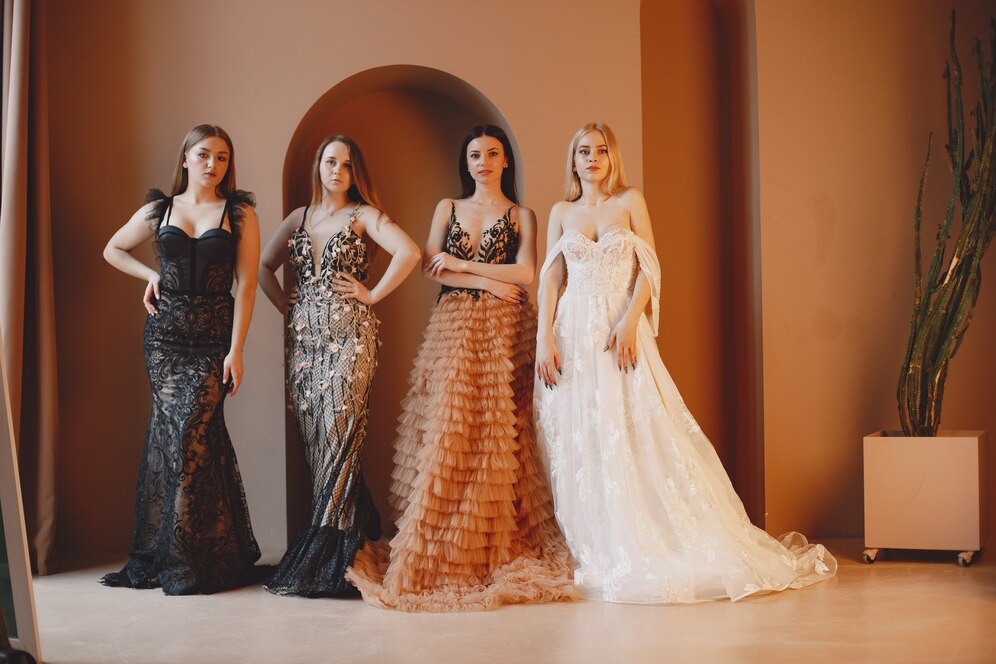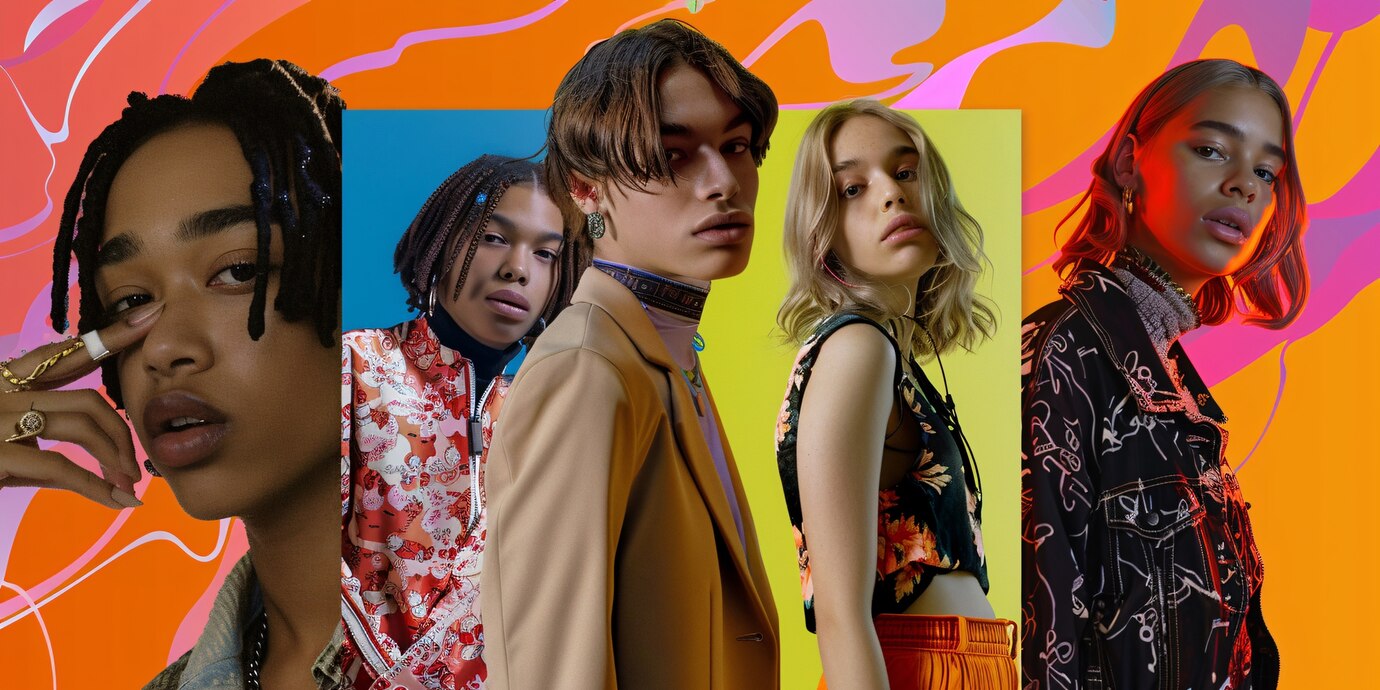The creative industry landscape in 2025 promises to be more dynamic and influential than ever before. From the prestigious runways of Paris Fashion Week to groundbreaking design expos across the globe, this year offers unprecedented opportunities for fashion enthusiasts, designers, and creative professionals to witness innovation firsthand.
Whether you’re a seasoned industry professional, emerging designer, or passionate enthusiast, understanding the calendar of major fashion events and design expos is crucial for staying ahead of trends and making meaningful connections in the creative world.
The Global Impact of Paris Fashion Week in 2025
Paris Fashion Week remains the crown jewel of international fashion events, setting global trends and influencing the direction of the entire industry. The 2025 calendar includes multiple strategic dates throughout the year, with men’s shows scheduled for January 21-26 and June 24-29, ensuring continuous fashion innovation and industry engagement.
The French capital’s fashion scene continues to attract the world’s most influential designers, buyers, and media personalities. This year’s events showcase both established luxury houses and emerging talents, creating a perfect blend of tradition and innovation that defines contemporary fashion.
What Makes Paris Fashion Week Unique in 2025
The evolution of Paris Fashion Week reflects broader changes in the fashion industry. Sustainability, technology integration, and inclusive design have become central themes that permeate every aspect of the shows. Designers are increasingly focusing on creating meaningful narratives around their collections rather than simply showcasing garments.
Digital integration has revolutionized how audiences experience these events. Live streaming capabilities, virtual reality presentations, and social media engagement have expanded the reach of Paris Fashion Week far beyond the traditional attendee base, making it more accessible to global audiences.
The economic impact of these events extends far beyond the fashion industry itself. Hotels, restaurants, transportation services, and local businesses experience significant boosts during fashion week periods, highlighting the broader cultural and economic significance of these gatherings.
Spring/Summer and Fall/Winter Collections: Understanding the Seasonal Calendar

The biannual nature of major fashion events creates a unique rhythm in the creative industry. The larger ready-to-wear shows that most people associate with “Paris Fashion Week” typically occur in late February/March and late September/October, allowing brands to present their upcoming seasonal collections with appropriate timing.
Spring/Summer collections presented early in the year focus on lighter fabrics, vibrant colors, and innovative approaches to warm-weather dressing. These shows often emphasize sustainability, with many designers incorporating eco-friendly materials and production methods into their creative processes.
Fall/Winter presentations showcase more structured silhouettes, layering techniques, and sophisticated color palettes. The emphasis on craftsmanship becomes particularly evident during these shows, as designers demonstrate their expertise in creating garments that balance functionality with high-fashion aesthetics.
The Rise of Gender-Neutral Fashion Events
Modern fashion events increasingly embrace gender-neutral approaches to design and presentation. This shift reflects changing consumer preferences and broader social movements toward inclusivity and diversity in fashion representation.
Designers are moving away from traditional gendered presentations, creating collections that appeal to diverse audiences regardless of gender identity. This evolution has significantly impacted how fashion events are structured and marketed to global audiences.
Major Design Expos Transforming the Creative Landscape

Beyond fashion, the design expo circuit offers incredible opportunities for creative professionals across multiple disciplines. DesignMarch, Milan design week and Dubai Design Week are among the architecture and design events that define the global design calendar for 2025.
These events serve as launching platforms for innovative design concepts, sustainable materials, and cutting-edge technologies that will shape our living and working environments for years to come.
Industrial Design Events Leading Innovation
Design Shanghai, running from June 4 to 7 at the Shanghai World Expo Exhibition & Convention Center, features four key sections: Furniture & Lighting, Kitchen, Bathroom & Systems Design, New Materials & Applications, and Living & Lifestyle. This comprehensive approach demonstrates how modern design expos address every aspect of contemporary living.
Industrial design events focus on functionality, user experience, and sustainable manufacturing processes. They bring together manufacturers, designers, and consumers to explore how design can solve real-world problems while maintaining aesthetic appeal.
The integration of smart technology into traditional design categories has created new opportunities for innovation. Internet-of-things applications, sustainable materials, and user-centered design principles dominate discussions at these events.
Interior Design Conferences Shaping Living Spaces
The Opal Group SPARC Interiors 2025 conference is a premier event tailored for professionals in the interior design, architecture, and real estate industries, combining expert-led discussions, interactive workshops, and unparalleled networking opportunities.
These specialized events address the growing demand for sustainable, functional, and aesthetically pleasing interior spaces. The focus extends beyond traditional decorative elements to encompass wellness, productivity, and environmental consciousness in space design.
Commercial interior design has evolved significantly, with emphasis on creating environments that support both physical and mental well-being. This trend influences everything from office layouts to retail space design, making these conferences essential for industry professionals.
Graphic Design and Digital Creative Conferences
The digital transformation of design has created new categories of creative events that didn’t exist just a few years ago. AIGA Design Conference focuses on sparking creativity and pushing the boundaries of graphic design, allowing attendees to learn from design educators, speak with expert designers, and network with peers across two intensive days.
These conferences address the intersection of traditional design principles with digital technologies, artificial intelligence, and user experience design. They provide crucial insights into how the creative industry is adapting to technological changes.
The Evolution of UX/UI Design Events
User experience and user interface design have become critical components of virtually every digital product and service. Design events focusing on these disciplines attract professionals from technology companies, design agencies, and freelance practitioners seeking to enhance their skills.
The emphasis on human-centered design has expanded beyond digital interfaces to influence physical product design, service design, and even urban planning initiatives. This interdisciplinary approach creates rich opportunities for cross-pollination of ideas and methodologies.
Accessibility and inclusive design have become central themes in UX/UI conferences, reflecting growing awareness of the need to create products and services that work for users with diverse abilities and backgrounds.
Networking and Business Development Opportunities
Fashion events and design expos serve as crucial networking platforms where industry relationships are formed and business deals are negotiated. The concentration of industry professionals creates unique opportunities for collaboration, partnership development, and career advancement.
Emerging designers often use these events as launching platforms for their careers, presenting their work to potential investors, collaborators, and media representatives. The exposure gained from participation in major events can significantly accelerate career development and brand recognition.
Investment and Innovation Showcases
Many design expos now incorporate dedicated spaces for startup presentations and innovation showcases. These segments attract venture capitalists, angel investors, and corporate development teams seeking the next breakthrough in design and technology.
The commercialization of design innovation has created new pathways for creative professionals to transform their ideas into viable businesses. Events that facilitate these connections play crucial roles in the creative economy’s growth and development.
Sustainability and Ethical Design Focus
Environmental consciousness has become a dominant theme across all major creative industry events. Designers, manufacturers, and consumers are increasingly focused on sustainable practices, ethical production methods, and circular economy principles.
Fashion events now regularly showcase collections made from recycled materials, innovative sustainable fabrics, and zero-waste production techniques. This shift reflects broader consumer demand for environmentally responsible products and practices.
Design expos emphasize sustainable materials, energy-efficient products, and manufacturing processes that minimize environmental impact. These themes influence everything from furniture design to architectural planning and urban development projects.
Circular Design Economy Initiatives
The concept of circular design—creating products designed for reuse, recycling, and regeneration—has gained significant traction in the creative industry. Events focusing on these principles attract professionals seeking to implement more sustainable practices in their work.
Collaboration between designers and environmental scientists has produced innovative materials and production methods that were unimaginable just a few years ago. These partnerships are often showcased and developed further through industry events and conferences.
Technology Integration in Fashion and Design
Artificial intelligence, virtual reality, and augmented reality technologies are revolutionizing how fashion and design events are experienced and how products are developed and presented. These technological integrations create new possibilities for creativity and audience engagement.
3D printing, digital textile printing, and smart materials are changing the fundamental nature of design and manufacturing processes. Industry events provide platforms for demonstrating these technologies and exploring their creative applications.
The democratization of design tools through technology has enabled more people to participate in creative processes, leading to more diverse perspectives and innovative solutions being presented at industry events.
Regional Design Festivals and Cultural Events
London Design Festival celebrates and promotes the city as the design capital of the world, with the 23rd edition taking place on September 13-21, 2025. Regional events like this demonstrate how different cultural contexts influence design thinking and creative expression.
Cultural festivals that incorporate design elements provide opportunities for cross-cultural exchange and learning. These events often highlight how local traditions and contemporary design principles can be successfully integrated.
The globalization of design has created opportunities for designers to learn from diverse cultural approaches to problem-solving and aesthetic expression. International events facilitate these valuable exchanges of ideas and methodologies.
Future Trends Emerging from 2025 Events
The fashion events and design expos of 2025 are likely to reveal trends that will influence the creative industry for years to come. Artificial intelligence integration, sustainable materials innovation, and inclusive design practices are expected to be prominent themes.
The increasing importance of emotional design—creating products and experiences that connect with users on emotional levels—is becoming evident across multiple design disciplines. This trend influences everything from fashion collections to urban planning initiatives.
Personalization and customization capabilities enabled by new technologies are creating opportunities for designers to create more targeted and meaningful products and experiences for specific user groups and individual preferences.
FAQs
When are the main Paris Fashion Week dates in 2025?
Paris Fashion Week occurs multiple times throughout 2025, with men’s shows scheduled for January 21-26 and June 24-29, while the main ready-to-wear shows typically happen in late February/March and late September/October.
What types of professionals attend major design expos?
Design expos attract a diverse range of professionals including interior designers, architects, product designers, manufacturers, buyers, media representatives, and investors. These events also welcome students and design enthusiasts interested in learning about industry trends and innovations.
How have fashion events adapted to sustainability concerns?
Modern fashion events increasingly emphasize sustainable practices, featuring collections made from eco-friendly materials, showcasing zero-waste production techniques, and highlighting brands committed to ethical manufacturing processes. Many events now include dedicated sustainability pavilions and educational sessions.
What role does technology play in contemporary design events?
Technology integration has transformed design events through virtual reality presentations, live streaming capabilities, digital fabric printing demonstrations, and AI-powered design tool showcases. These technologies enhance audience engagement and provide new creative possibilities for designers.
How can emerging designers benefit from attending major industry events?
Emerging designers can gain exposure, build professional networks, learn about industry trends, meet potential collaborators and investors, and showcase their work to media representatives and buyers. Many events offer special programs and reduced rates for students and emerging professionals.
What makes regional design festivals important for the global creative community?
Regional design festivals provide platforms for showcasing local design traditions, facilitating cultural exchange, and demonstrating how global design trends are interpreted in different cultural contexts. They contribute to the diversity and richness of the global design conversation.
The landscape of fashion events and design expos in 2025 represents an exciting convergence of tradition and innovation, sustainability and creativity, local culture and global influence. These gatherings continue to shape the future of the creative industry while providing invaluable opportunities for professional development, networking, and inspiration for all participants.
